Nowhere to Go: Issues Surrounding Stray Cats and Dogs
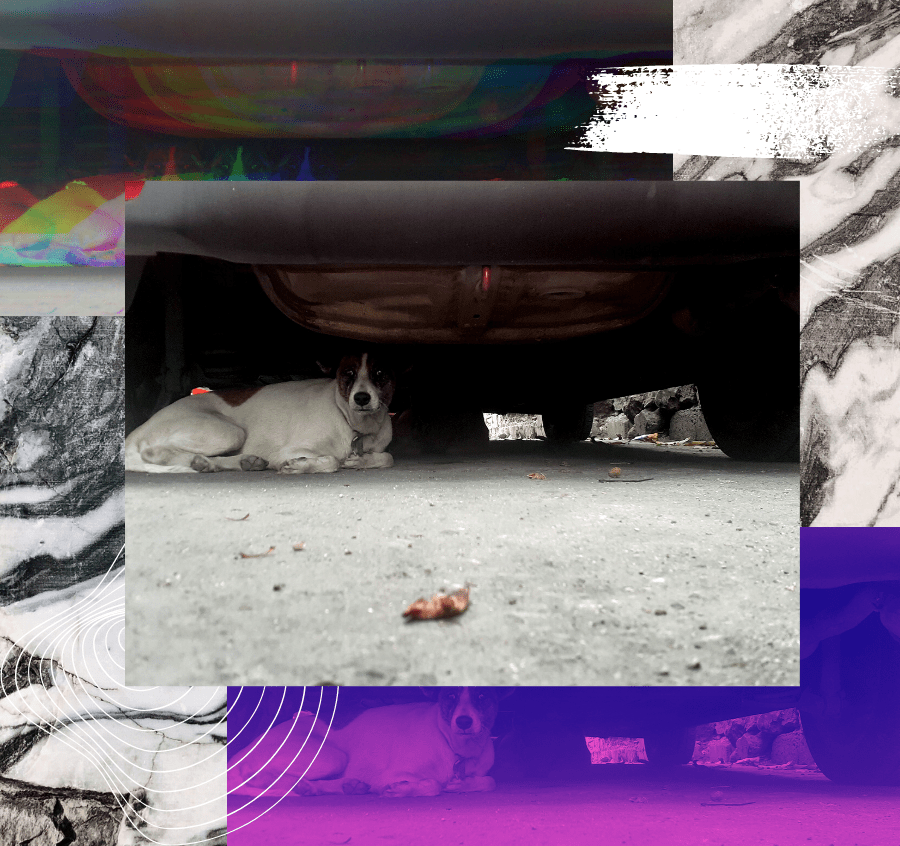
A few stray cats come by our home night by night. If they feel more welcome, even during day time. Lounging on our rooftops, feeding on our cats’ meals, and even sleeping in our room. We find these bothersome and ward them off, but of course without the necessity to be physical. I feel like these cats are depriving our own cats. However, they are also deprived, aren’t they?
Others find strays not a nuisance but a companion. This is true for Aling Lita, a resident in Barangay 601. She’s known in the neighborhood for number of dogs under her care. “Mas masarap mag-alaga ng hayop kasi ‘pag may nagkakasakit, sinasalo nila. Eh kaysa mag-alaga ng tao, pagtalikod mo traydor sila, ikaw pa yung i-tsitsismis nila kung ano-ano. Eh mas mabuti ang aso, magaling na kaibigan,” said by Aling Lita.
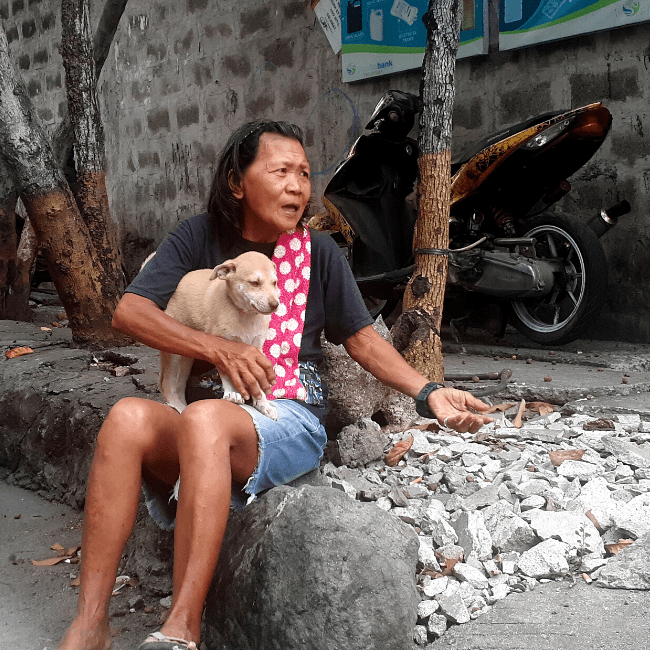
(“It’s better to take care of animals because they take your illness on your stead. Unlike people, they’re backstabbers and traitors, they spread rumors. Dogs however are much better, they are good friends.”)
Negative Effects of Stray Cats and Dogs
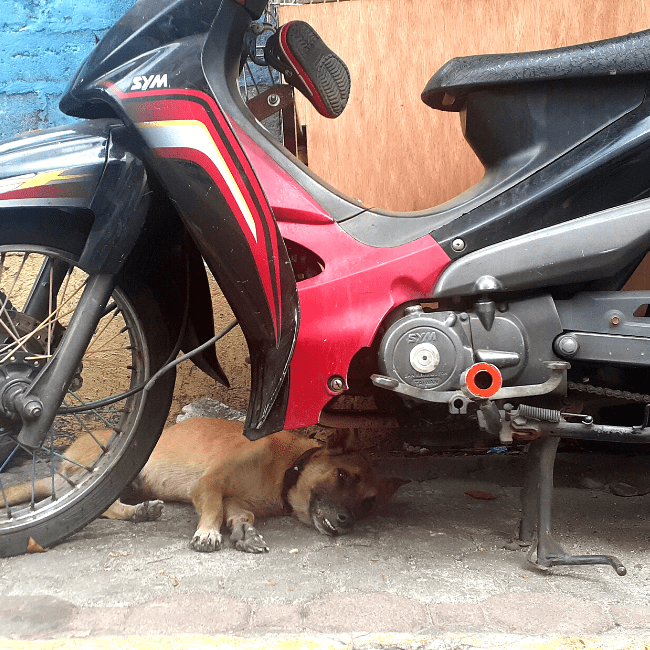
Fortunately for Aling Lita’s pets that they have a home to sleep into. But this is not the case for the 12 million stray cats and dogs recorded by the Philippine Animal Welfare Society (PAWS) in 2019.
According to PAWS, the increasing number of strays in the country is the result of irresponsible pet ownership, pet owners not spaying/neutering their pets, and people still buying and breeding instead of adopting and fostering shelter and rescue animals. If this continues, it might eventually be the cause of pet overpopulation.
In an article written by Arianna Pittmann, pet overpopulation also impacts native animals’ populations. When a non-native species overtake an area, it can negatively impact delicate ecosystems through pollution and the spreading of disease. Global statistics show cats are responsible for killing billions of birds and small mammals every year, contributing to the extinction of 33 species worldwide. Dogs have also been linked to the killing of birds and small mammals, as well as larger animals like goats and sheep.
Additionally, strays don’t just pose threat to animal counterparts, but also to humans. Rabies is an example of an infection easily transmitted by stray cats and dogs, which, if left untreated, could fatally cause death. From World Organization for Animal Health (OIE), a striking 82% of rabies cases are the result of bites from free-roaming dogs. Over one million Filipinos are bitten by dogs every year, nearly half of whom are children below five years of age.
Stray cats, on the other hand, contribute to this issue as well. The amount of fecal matter produced by cats poses a threat by spreading toxoplasmosis, a parasitic disease that could be contracted by animals and humans.
A Help on the Way
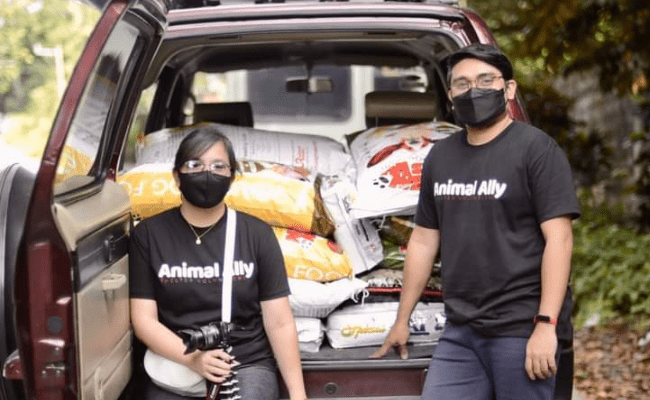
The good news is, there are some organizations that understand the adversity of stray animals. One example is Animal Ally PH, a non-profit organization that helps stray cats and dogs. “We started last 2019, that time we don’t call it org (organization) pa kasi we are just a group of individuals who initiated by donating. That time, sabi namin kahit isang beses lang makatulong kami. From there nag-continue yung fundraising activity namin once every year,” explained by Mary Shelley Dela Fuente, a photographer for Animal Ally PH.
(“We started last 2019, that time we don’t call it org (organization) because we are just a group of individuals who initiated by donating. That time, we thought even just once as long as we helped. From there, our fundraising activity continued once every year.”)
“The fact that even there’s a lot of org na tumutulong, ay it is really not enough as of now. Madami pa rin yung neglected na animals. Some ‘di sila nabibigyan ng proper care at dito magmumula yung issues like overpopulation, yung aggression, road accidents. Second is, awareness. Yung awareness on how to properly take care of our pets at home or yung mga nakikita natin outside,” Dela Fuente added.
(“The fact that even though there’s a lot of organizations that help, it is really not enough as of now. There are still a lot of neglected animals. Some are not given proper care and this stems from issues like overpopulation, aggression, and road accidents. Second is awareness. The awareness on how to properly take care of our pets at home or those we see outside.”)
A very personal mission
Dela Fuente also mentioned that the organization was established because of her and colleagues from Animal Ally PH’s connection and love for animals. For her, it’s a personal conviction. “Yes, kasi ako personally given na yung trabaho namin, ang dami naming finofoster na pusa. I grew up in a family na, ‘di lang sa mahilig more on mas preferred naming tumulong sa mga nangangailangan. Personally masasabi kong I really like what I’m doing.”
(“Yes, personally given on our job, we have many cats that we foster. I grew up in a family that isn’t just fond of [animals], but also helps those in need. Personally can say I really like what I’m doing.”)
Animal Ally PH’s Continues to Serve
From what started with just an initiative to donating dog foods and cat foods to some organizations, now being a full-fledged entity helping strays in the country. Donation drives are not just the only activity that the organization conducts.
“Actually yes, mayroon kami talaga yung donation nga, and then next activity namin is yung stray feeding. Pero siyempre, what we really advocate is for people to help kung mayroon silang ways to help din. Aside from that is yung stray feeding din sa area nila. For now, aside from donating, stray feeding,” Dela Fuente said.
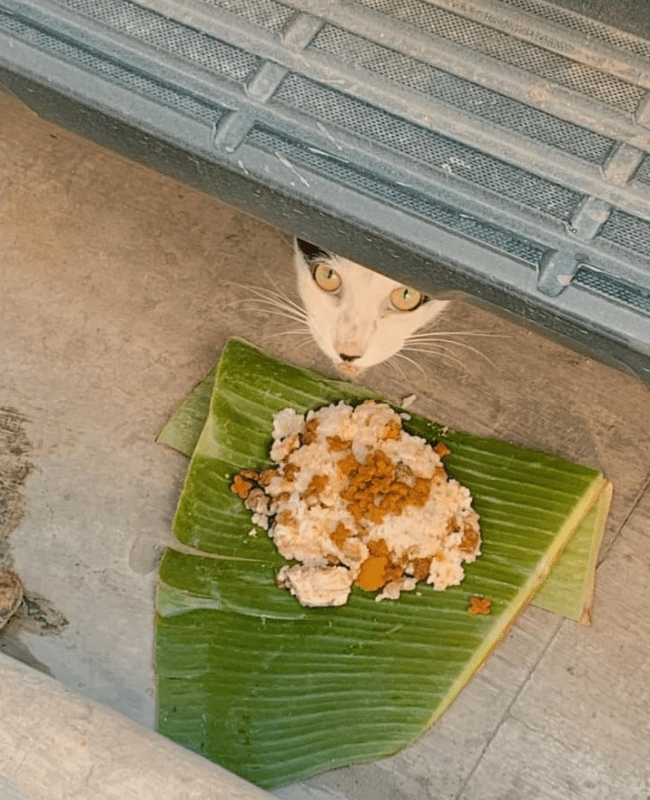
(“Actually yes, we do have donations, and then our next activity is stray feeding. But of course, what we really advocate is for people to help if they have ways to help. Aside from that is stray feeding in their area. For now, aside from donating, stray feeding.”)
The environmental effects seen by Animal Ally PH
She also stressed the importance of addressing the issue of stray animals since it has repercussions in the community especially in the environment. “Sobrang laki ng impact ng strays. Actually isa na dun yung overpopulation. What I can really suggest is kapon or neuter, kasi if ‘di natin ikokontrol yung population nila, mag-brabranch out yung ibang issues like yung road accidents. May mga instances din ng abuse sa animals. So, sobrang laking impact yung mga stray kung ‘di talaga maalagaan nang mabuti. Sana mas maraming makaalam ng proper ways in how to take care of pets.”
(“Strays have a huge impact. Actually one is overpopulation. What I can really suggest is kapon or neuter, because if we don’t control their population, other issues will branch out like road accidents. There are also instances of abuse to animals. So, strays do have a huge impact if we can’t properly take care of them. Hoping that many are well-aware of proper ways in how to take care of pets.” )
If stray animals have negative effects, then why still help them? Even this is the case, she still reiterated the need to help strays. “Sobrang importante nya kasi kung iisipin mo, ang daming nangangailangan, ‘di lang sila. Animals can’t talk. ‘Di nila maiparating sa iba yung nga kailangan nila. Kung ‘di magiging aware yung ibang tao, ‘di natin sila matutulungan. That is why we decided na sobrang importante nilang tulungan kasi ‘di nila kayang sabihin. Sabi nga nila, become voice for the voiceless.”
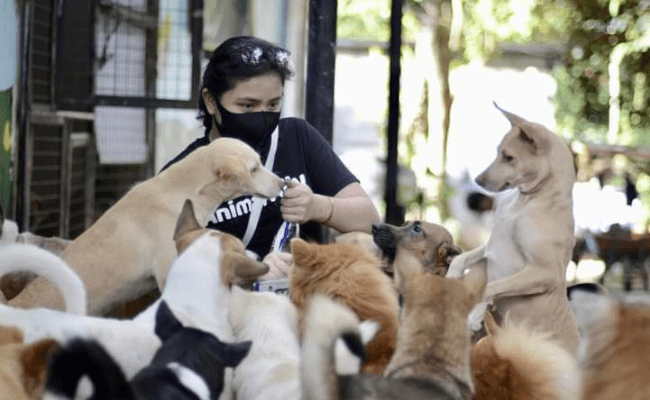
(“It is really important, just think that there are a lot in need, not just a few. Animals can’t talk. They can’t express to others what they need. If other people are not aware, we can’t help them. That is why we decided it is important for them to be helped because they can’t say it on their own. As others say it, become a voice for the voiceless.”)
Government’s Response in this Issue
Since the issue of strays are all-encompassing, what is the government’s response? RA 9482 or the Anti-Rabies Act of 2007, provides for the control and elimination of human and animal rabies prescribing penalties violating thereof, appropriating funds thereof. Aside from this law, the Bureau of Animal Industry (BAI) under the Department of Agriculture (DA) has one of its priority programs and projects namely the Animal Health Protection and Welfare Program which addresses the prevention, control, and eradication of transboundary animal diseases, disease of local concern, and emerging & zoonotic diseases to protect the animal industry & public health and facilitate international trade.
The National Rabies Prevention and Control Program (NRPCP) established under RA 9482, NRPCP is led by DA, Department of Health (DOH), Department of Interior and Local Government (DILG), Department of Education (DepEd), in coordination with other Government Organizations (GOs), Non-Government Organizations (NGOs), and People’s Organizations (POs). This certain program that the government offers assists pet owners like Aling Lita who can’t afford to pay for a rabies vaccine for their pets.
Government’s Shortcomings
In spite of having this program, there is no specific government agency in the country that caters to and takes care of strays’ welfare, other than administering rabies vaccine. What is only available are city pounds which seemed to be a temporary solution to the ongoing dilemma we have on strays. Instead of rehabilitating strays, they are just confined in these holding facilities.
This is this is the reason why Aling Lita will not surrender her pets in city pounds. “Mamatay na lang sila sa sakit, pero yung sabihin mong ibibigay ko rin? Ayoko kasi pinapatay rin naman sa city pound. Kung pinapatay nila unti-unti, binobombahan, kawawa naman sila. May buhay rin ‘yun e,” she exclaimed. If strays remained unclaimed in city pounds, they are subjected to euthanasia which the law allows as long as executed in a humane way.
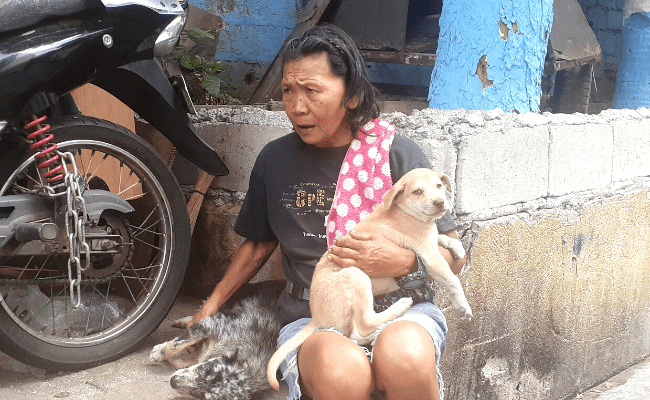
(“I’d rather let them die in sickness, but to surrender them? I don’t want to because they are only killed in the city pound. If they’re killed little by little, sprayed, they are pitiful. They also are living creatures.”)
Those who care for strays
If it’s not because of those people and organization that truly look after strays, it is uncertain what awaits them in streets and alleyways. “We all know na sobrang halaga nya and true, na walang masyadong government intervention. May mga instances, like sa PAWSsion Project nagdo-donate sila sa’min. Pero it’s really not enough. Kung enough na sya bakit ang dami pa rin strays? Sobrang importante talaga na malaman ng government natin na aside from other issues, sobrangneed din nating tutukan ang mga strays para makontrol yung overpopulation nila. Para din naman kasi sa health yun ng animals.”
(“We all know that it is very crucial and true, there is not enough government intervention. There are instances, like in PAWSsion Project that donates to us. However, it’s really not enough. If it is enough, then why are strays still plenty? It’s important for our government to know, aside from other issues, we need to monitor strays to control their overpopulation. It is for the animals’ health as well.”)
Animals whether strays or not, all deserve to be loved, valued, and protected. All of us can take part in creating a better place for animals. Do you enjoy this article? For more related articles, click this link.
"An apprentice who again slowly regains her drive to write, thanks to someone who gave her the push to do so. Topics about society, culture, and lifestyle is her cup of tea. It is a no brainer if she enjoys watching or reading anything that falls into the three. If she can no longer handle the exhaustion and stress from writing, a cup of coffee with a side of sweets and anime is her comfort.An apprentice who draws inspiration, either in what she read, watched, listened, or seen. She always empties herself, thinking that she's a blank slate who needs to learn how to fill her canvas."






